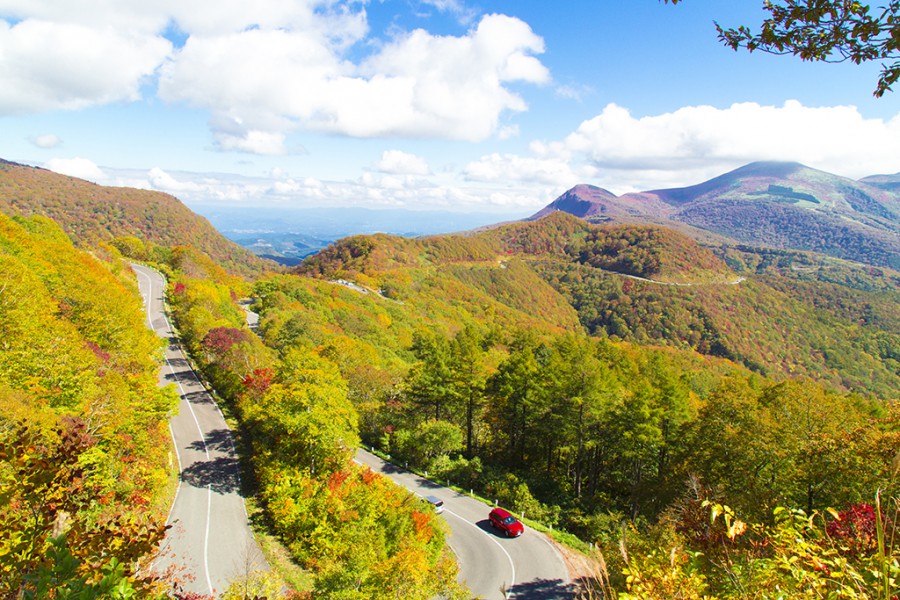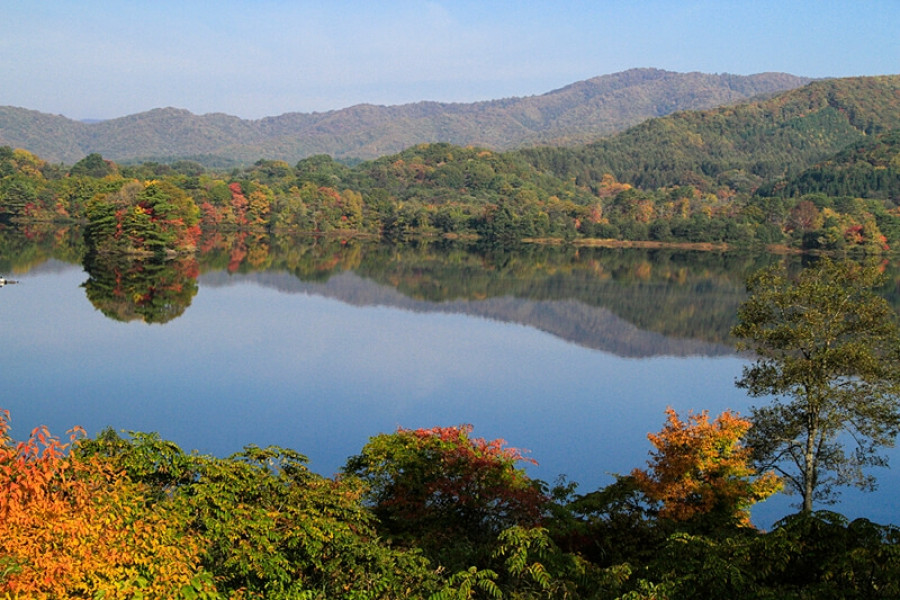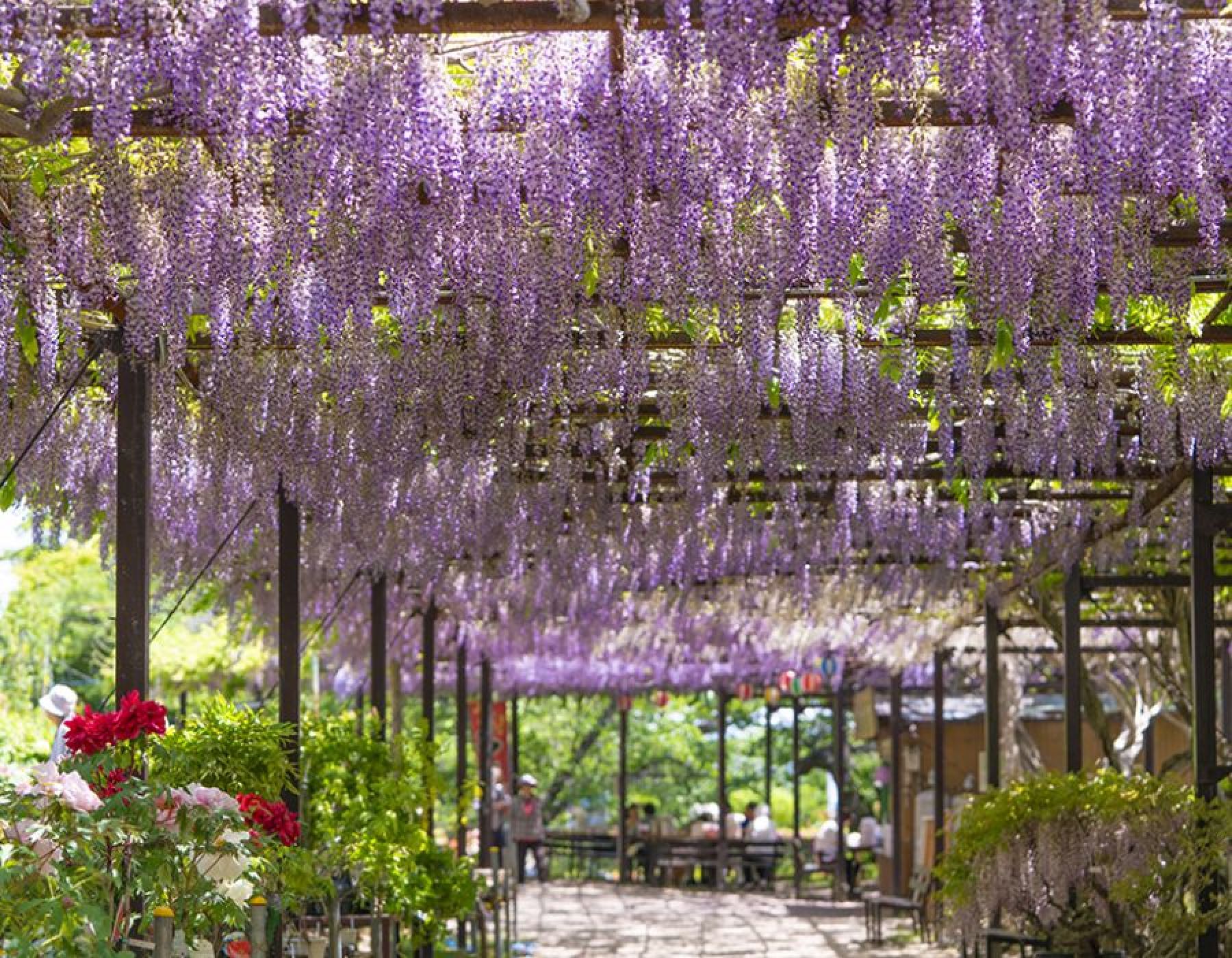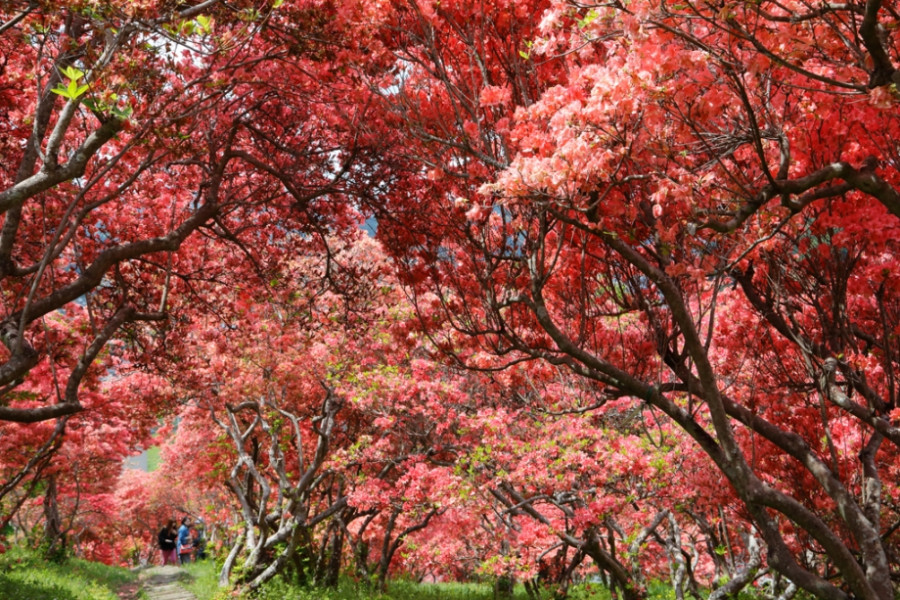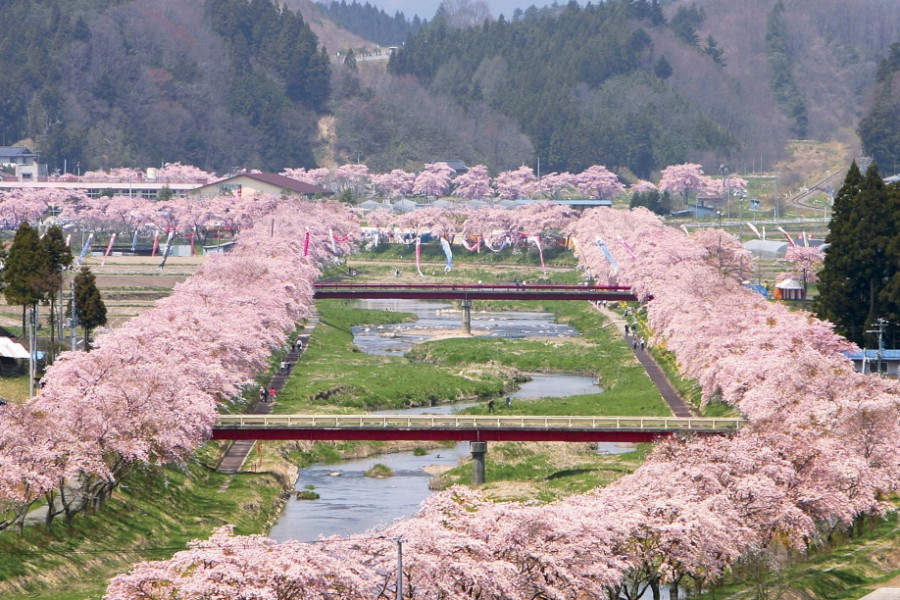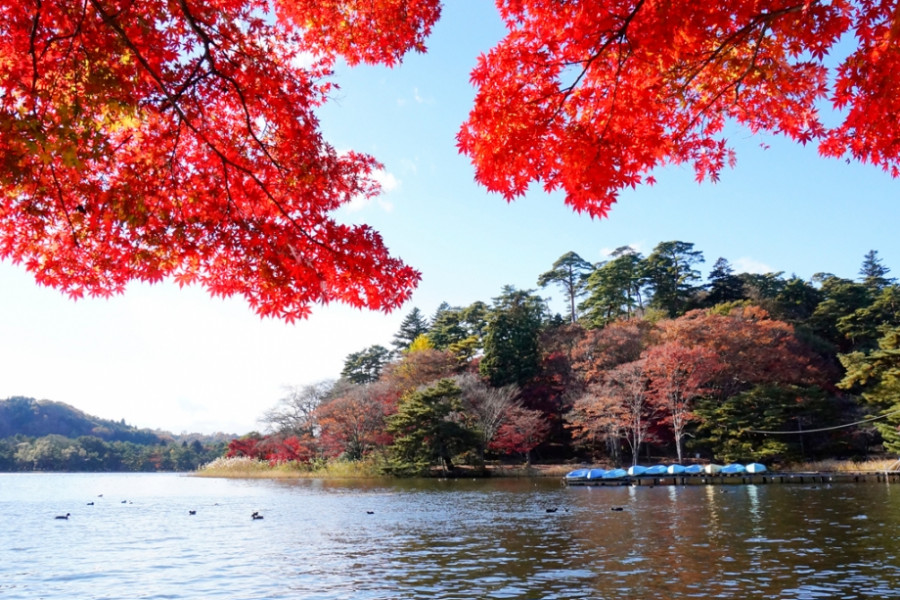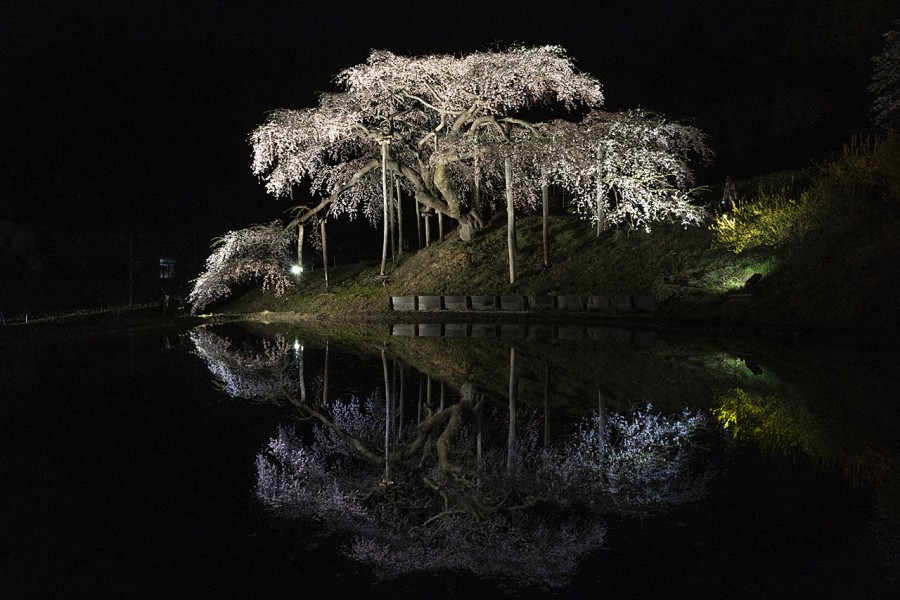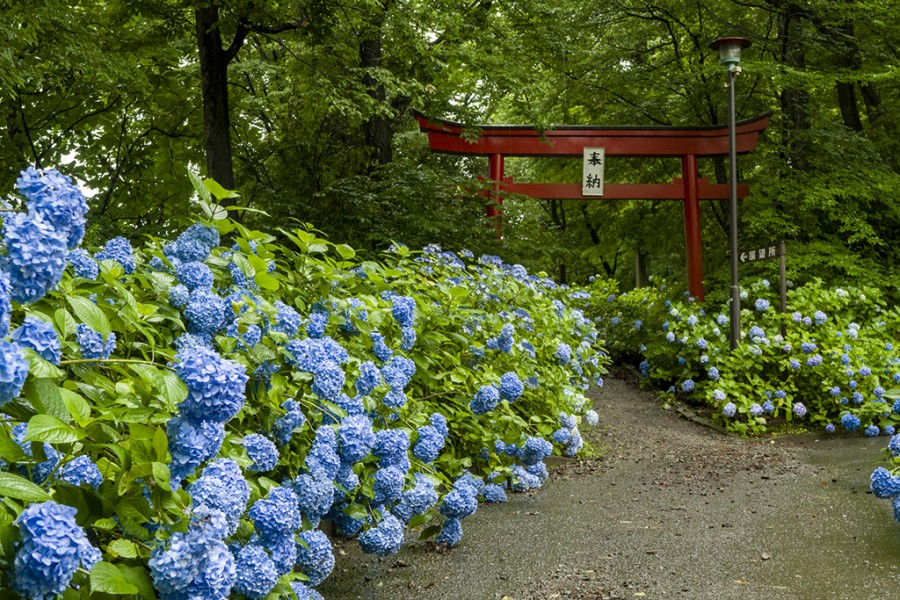Ultimate Fukushima Prefecture Road Trip
This trip highlights some of the best Fukushima has to offer and is perfect for those looking to get the most out of the prefecture in a limited time. Take in castles, nature, traditional villages, and more as you treat yourself to local styles of soba and ramen along the way. Renting a car is a must if you want to hit all the spots on this tour. You can take it slow and complete this trip over three days, or skip out an overnight stay in Urabandai area, and do it in two days. Start the day from Fukushima Station with a scenic drive to the the beautiful Urabandai region. We recommend taking the Bandai-Azuma Skyline road so that you can enjoy a mountain drive and check out the great sights at Mt. Azuma-Kofuji. From there, take the stunning sightseeing road Azuma-Bandai Lake Line into Urabandai. Explore the Urabandai area, have lunch, go on a walk around the five-colored ponds of Goshiki-numa, and maybe even take a dip in a hot spring or two. Choose whether take it slow and stay the night in Urabandai area, or whether to press on to Aizu-Wakamatsu City. Later that day - or the next morning, depending on your schedule - head into the castle town of Aizu-Wakamatsu City where samurai culture is prevalent. The majestic Tsurugajo Castle offers beautiful views of the surroundings from the keep. Check out the nearby Tsurugajo Kaikan to paint an akabeko or two and maybe have some lunch. Then explore the mysterious Sazaedo Temple and the surrounding Mt. Iimoriyama area. From here, we suggest staying overnight in the city. There are plenty of budget hotels in Aizu-Wakamatsu, but if you are looking for something traditionally Japanese, we recommend looking into lodging at the nearby Higashiyama Onsen hot springs town just east of the city. On the next day prepare to jump into the past with a trip to the Ouchi-juku mountain village. You can spend hours here shopping and eating local foods while walking up and down the street lined with traditional thatched-roof houses. Lastly, head to the To-no-Hetsuri Crags, a natural monument filled with towering cliffs overlooking the Okawa River. Cross the nearby suspension bridge which offers breathtaking views of the surroundings. After getting fully refreshed head back to Shin-Shirakawa station by car, drop off your rental car, and connect back to Tokyo or the next stop on your journey!
